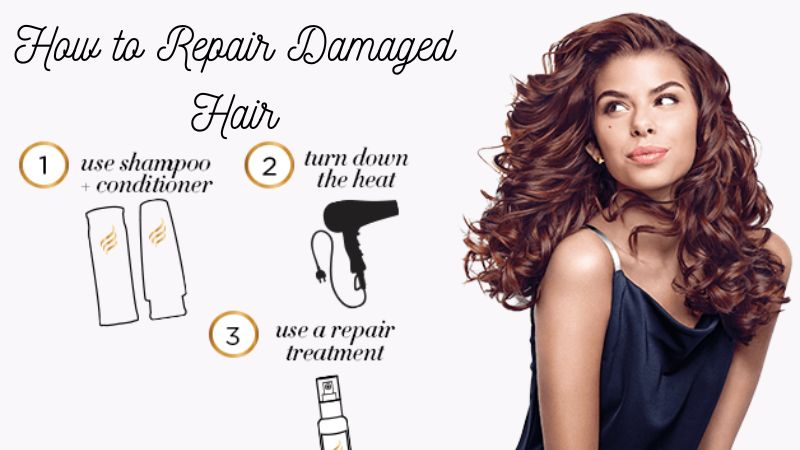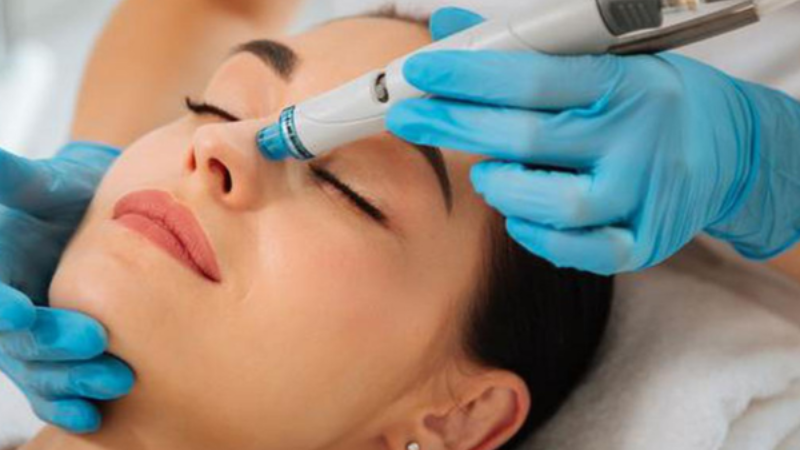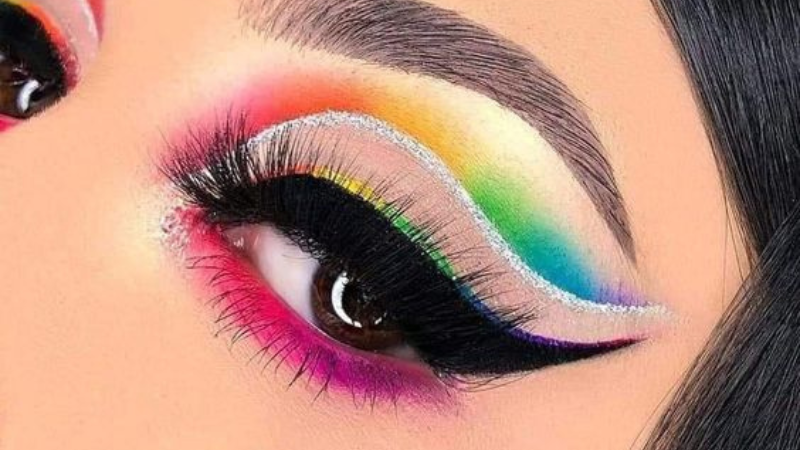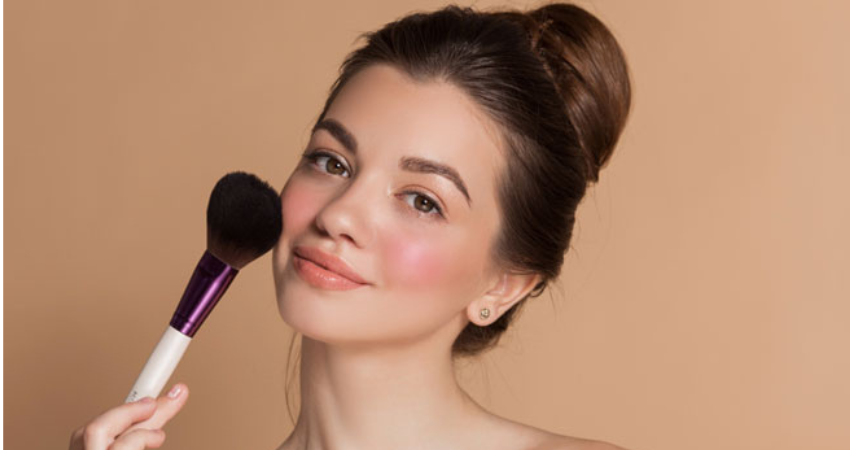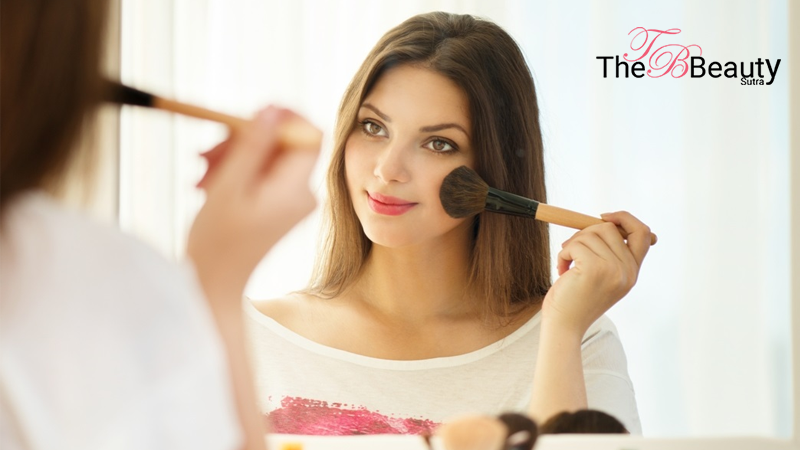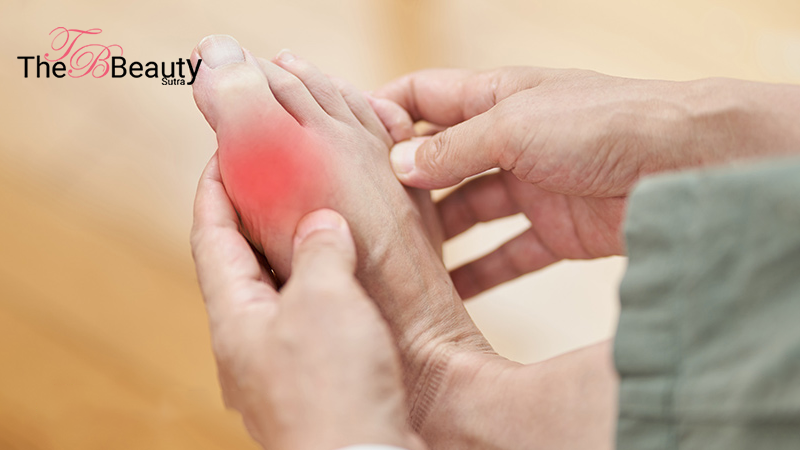In this blog, we’ll explore effective strategies to repair damaged hair and maintain healthy tresses.Many of us have been there – the allure of perfectly styled hair is too tempting to resist. Whether it’s using a flat iron to achieve sleek locks or a curling iron for those gorgeous waves, heat styling tools have become our trusted companions in the quest for beautiful hair. However, frequent use of these tools can take a toll on your precious locks, leaving them dry, brittle, and damaged. If you’re dealing with the aftermath of heat styling, fear not, because there are ways to restore your hair to its former glory.
Table of Contents
Understanding the Damage
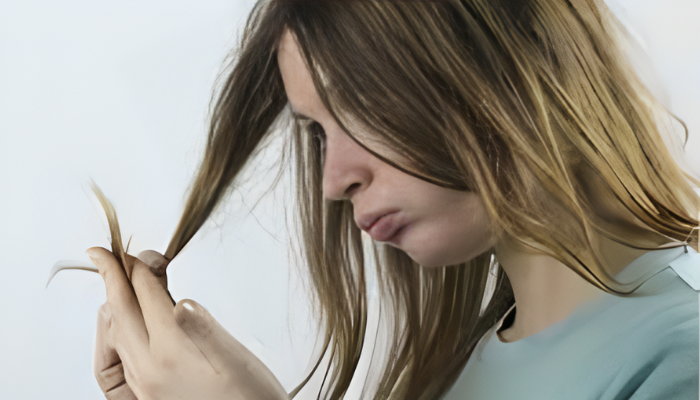
Before diving into the solutions, it’s crucial to understand the nature of heat damage. Excessive heat strips your hair of its natural moisture, weakens its structure, and leads to problems like split ends and breakage. Over time, this can result in a lackluster and frizzy appearance. The good news is that with the right care and attention, you can reverse much of the damage and regain the health and vibrancy of your hair.
1. Embrace the Healing Power of Oil
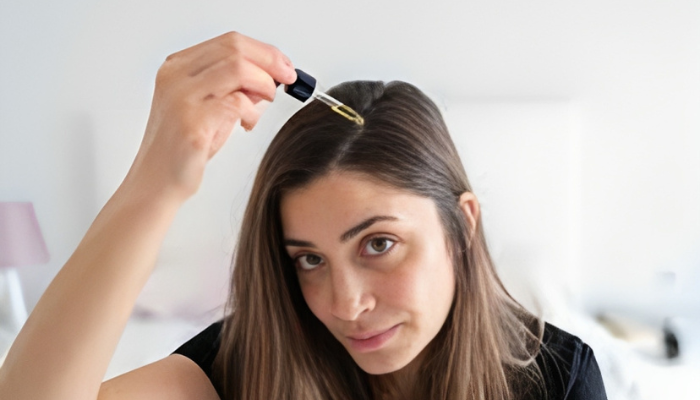
One of the most effective ways to repair heat-damaged hair is by using nourishing oils. Plant-based oils like coconut oil, argan oil, and olive oil can work wonders. These oils help replenish lost moisture, strengthen the hair shaft, and restore its natural shine. Here’s how to do it:
Massage: Gently massage your choice of oil into your scalp and hair, ensuring even distribution.
Warmth: You can enhance the absorption by wrapping your oiled hair in a warm, damp towel.
Time: Leave the oil on for at least 30 minutes, or even overnight for a deep treatment.
Shampoo: Wash your hair with a mild shampoo to remove the oil, and follow with a conditioner.
This oil treatment not only nourishes your hair but also helps protect it from further damage.
2. Switch to Heat-Friendly Hair Products

To repair damaged hair, it’s essential to revamp your hair care routine. Start by using heat-friendly hair products that are free of harsh chemicals and sulfates. Look for shampoos and conditioners enriched with ingredients like biotin, keratin, and essential oils that promote hair strength and repair.
Additionally, consider using leave-in conditioners and heat protectant sprays before using your styling tools. These products create a barrier between your hair and the heat, reducing the risk of further damage.
3. Indulge in Nourishing Hair Masks
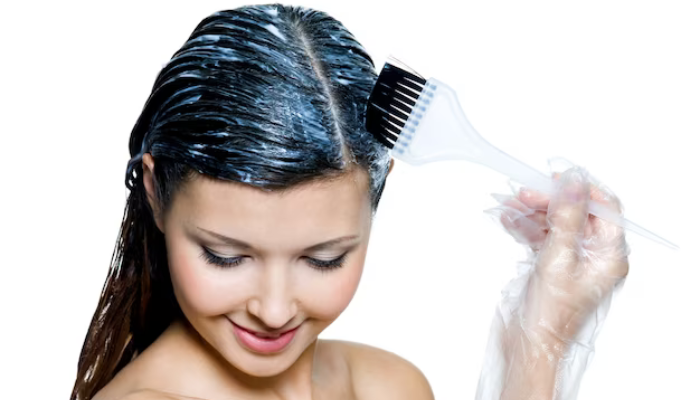
Hair masks can be a savior for heat-damaged hair. You can make these masks at home with natural ingredients from your kitchen. Here are some effective DIY hair masks to try:
Banana and Avocado Mask: Mash a ripe banana and half an avocado, mix them together, and apply to your hair. Rinse it off after 20-30 minutes.
Egg and Yogurt Mask: Whisk two eggs into half a cup of yogurt and apply to your hair and scalp. Let it sit for 20-30 minutes before washing it out.
Honey and Olive Oil Mask: Mix honey and olive oil to create a hair mask rich in antioxidants and proteins. Let it sit on your hair for 20-30 minutes before rinsing.
These masks provide deep nourishment and repair to your hair, leaving it softer and more manageable.
4. Trim the Damage
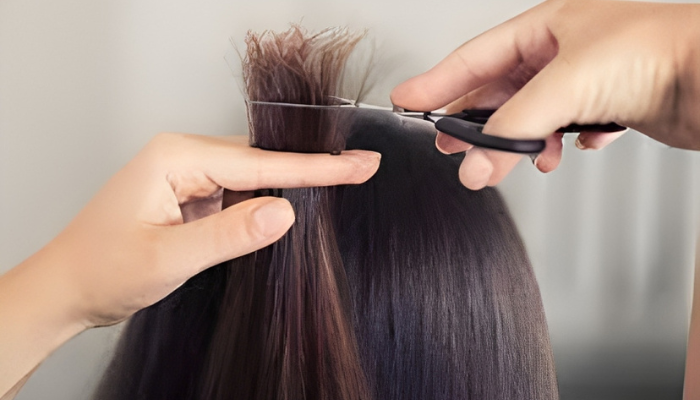
Sometimes, the best way to repair damaged hair is by letting go of the worst-affected areas. Regular trims, every 6-8 weeks, can help you get rid of split ends and prevent further damage from traveling up the hair shaft. Trimming promotes healthy hair growth and maintains a polished appearance.
5. Be Mindful of Your Styling Routine
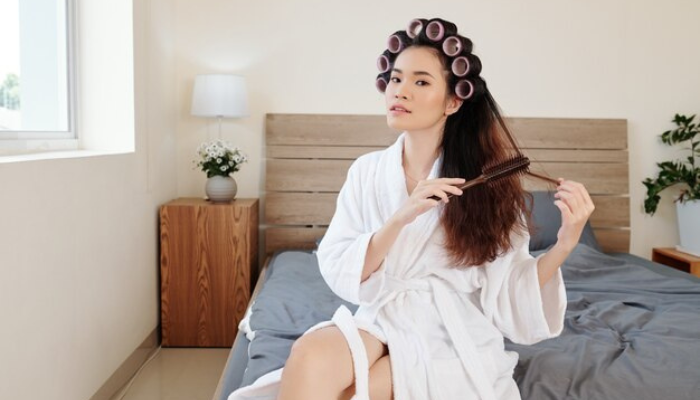
While repairing damaged hair, it’s crucial to reduce the use of heating tools. Give your hair a break from excessive styling and opt for heatless hairstyles instead. When you do use heat styling tools, keep the temperature moderate and use a heat protectant to shield your hair.
6. Stay Hydrated and Eat Nutrient-Rich Foods

Healthy hair begins from the inside out. Staying hydrated by drinking plenty of water and maintaining a balanced diet rich in vitamins, minerals, and proteins can significantly impact your hair’s health. Consider foods like eggs, nuts, fish, and leafy greens to nourish your hair from within.
7. Consult a Professional

If your hair damage is severe and the at-home treatments aren’t providing the desired results, consider consulting a professional hairstylist or a trichologist. They can provide expert advice and specialized treatments tailored to your hair’s specific needs.
Conclusion
In conclusion, repairing damaged hair after using heating tools is possible with the right care and attention. By following these tips and being patient, you can restore your hair’s natural beauty and maintain healthy, lustrous locks. So, say goodbye to heat damage and hello to gorgeous, revitalized hair!

